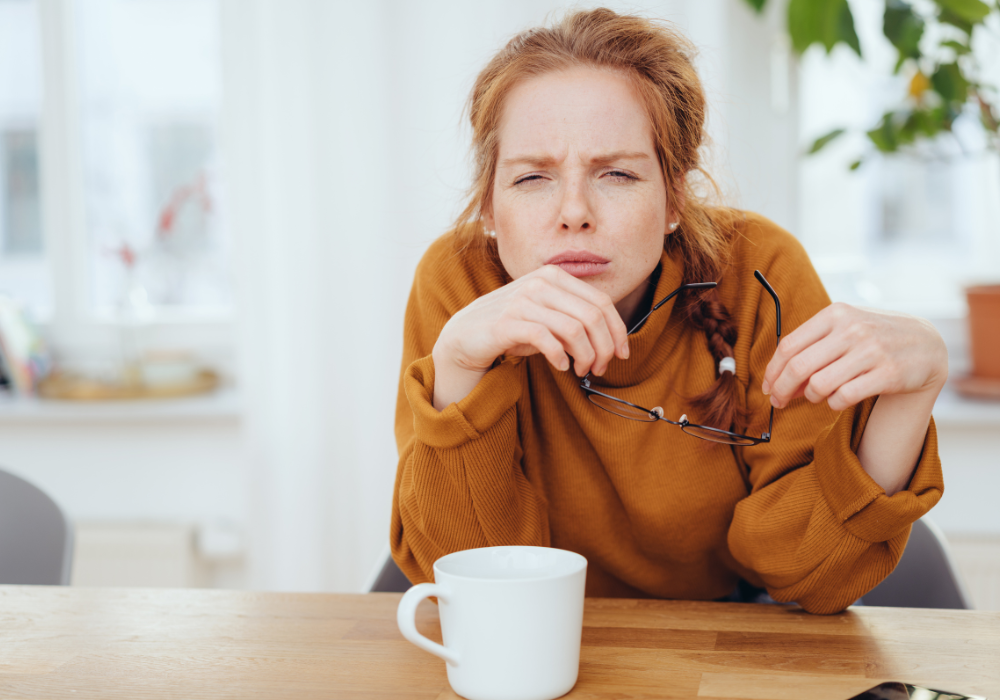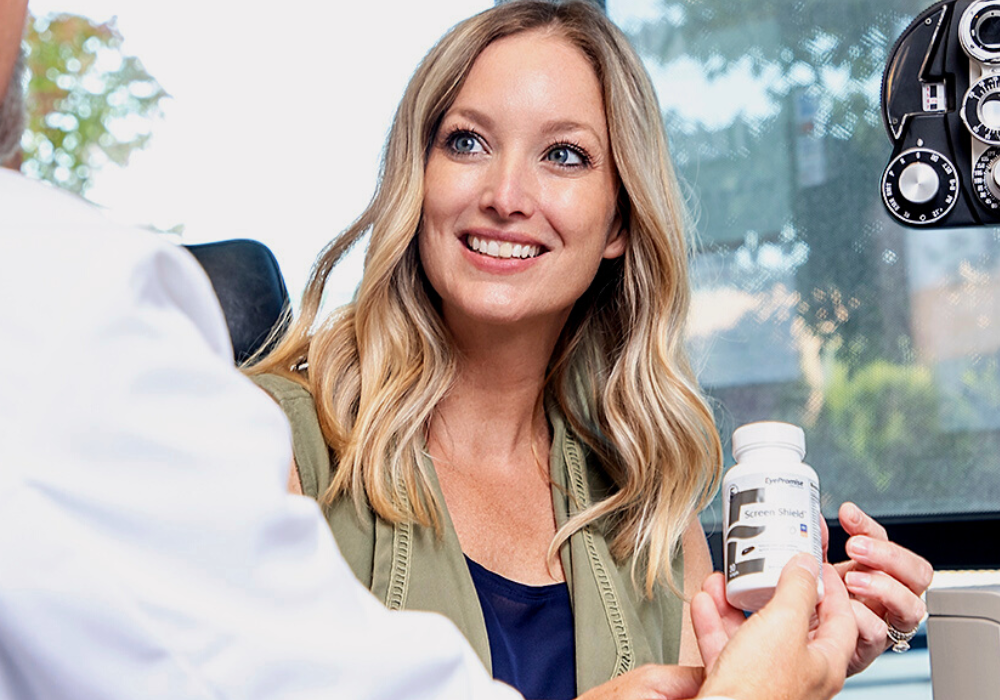Study Connects Smartphones to Accommodation Spasm
Posted by EyePromise on Sep 1st 2022
While the summer season doesn’t technically end until late September, many feel as if the start of the school year signals the end of summertime. People are starting to spend more time indoors, and this means more time on screens, specifically smartphones. It’s well known that screen time can cause ocular symptoms like dry, tired, strained eyes, but a recent study linked smartphone use to accommodation spasm. Here’s what you need to know for your patients.
The Clinical Research

First, let’s define what an accommodative spasm is. It is formally defined as “a condition in which the eyes focus constantly or automatically.” This can be from focusing on a close-up task like reading, painting models, or using a smartphone, and it occurs when the patient looks up and their vision remains blurry because their eyes are still focusing nearsightedly. Therefore, accommodative spasm causes difficulty in adjusting the “focus” muscles of the eyes to see distance.
The study published in BMC Ophthalmology journal focused on the last example: using a smartphone. Participants aged 18 to 35 we categorized into two groups: non-users and abusers. The “abusers” group’s smartphone use averaged over 6 hours a day. The researchers determined their accommodation through autorefraction measurements at a distance both pre- and post-cycloplegia (paralysis of the eye muscles). The researchers also assessed biomicroscopy parameters like anterior chamber angle via ultrasound.
The Clinical Findings

The study results demonstrated an increased likelihood of spasm in abusers as compared to non-users, linking increased smartphone use to paralysis of the eye muscles responsible for focus. This triggered the authors to recommend that cycloplegic refraction be done with any patient looking at smartphones for 4 or more hours a day. This type of refraction forces the eyes to relax with eye drops that cause the pupils to dilate and reduce the chances of over-focusing, giving a clearer read on the patient’s visual acuity.
Other Ways to Help Patients With Screen Time Symptoms
More than accommodative spasm, you can also help patients escape the tired, dry, strained feeling their eyes typically experience after screen time. EyePromise® Screen Shield™ Pro is an expertly designed daily eye health nutraceutical with natural ingredients aimed at mitigating these ocular symptoms.
Screen Shield Pro is a one-a-day softgel for patients ages 18 and up crafted to help defend the eyes from the effects of screen time and protect them from the dangerous blue light emitted by screens. The innovative formula includes dietary zeaxanthin and lutein, Omega-3s, bilberry extract, and Vitamins C, D, and E to support the eyes’ natural ability to filter blue light and reduce the dry, tired, strained feelings.
Learn more about Screen Shield Pro.
While we were all worried about the impact smartphones may have on patients’ eye health, this study helps get us a little closer to fully understanding what screens can do to the eyes. More importantly, it gives eye care professionals a reason to discuss screen use with patients. Proactively addressing these issues and offering a solution like EyePromise Screen Shield Pro can help protect the longevity of patients’ eye health as well as create a more enjoyable screen experience.


